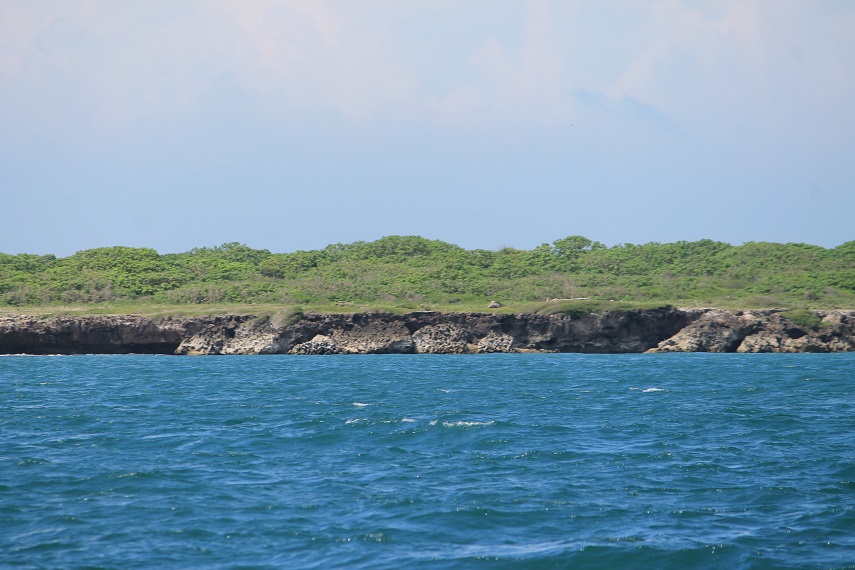Assessing the biological wealth of islands and lagoons of northern Sri Lanka
IUCN Sri Lanka Office in 2020 published the report “Conservation and Sustainable Use of Biodiversity in the Islands and Lagoons of Northern Sri Lanka” documenting the findings of a historical biodiversity study that was carried out in 22 coastal islands and four lagoons of northern Sri Lanka. The study was conducted by IUCN Sri Lanka, together with the Urban Development Authority (UDA), Sri Lanka Tourism Development Authority (SLTDA) and the Marine Environment Protection Authority (MEPA).

Kachchativu island
Photo: © IUCN/Sampath de Alwis Goonatillake
The main objective of the study was to document the biodiversity that is found within coastal and nearshore areas, as well as the offshore islands of the Northern Province. With the conclusion of the three-decade long civil war, the Government of Sri Lanka commenced an accelerated programme to develop the Northern Province. If not properly planned, these developmental projects could result in the loss of biological diversity and, in particular, the consequent loss of services that ecosystems provide. Therefore, this study was identified as a timely need. Such documentation will help both planners and conservation biologists alike, to carry out the planned development activities for the Northern Province in a sustainable manner.
IUCN’s study area covered a 949 km stretch from Mannar to the Kokkilai Lagoon, including 22 coastal islands and four lagoons. For terrestrial ecosystems, the assessments were carried out during November 2015 and March 2016 while for the marine surveys in the coastal waters of Palk Bay and Palk Strait, the assessment were carried out during November 2015 and March 2016.
On the floral diversity, 342 species were recorded which included 102 tree species, 53 shrub species, 59 climber species, 111 herbaceous species and 3 epiphyte species. Of these, seven species are endemic to Sri Lanka and 33 species are listed as Threatened, according to the IUCN Red List. Also recorded were 349 species of terrestrial fauna, of which nine species are endemic, 26 are threatened and 78 are migrant bird species.
Marine species were represented by 86 hard coral species, 11 seagrass species, 172 species of reef fish, six sea cucumber species, five seaweed species, 12 mollusc species, seven species of crustaceans and four species of echinoderms. In the threatened category were five coral species, one seagrass species and one reef fish species.
The results of this assessment were published in 2020 : DOI https://doi.org/10.2305/IUCN.CH.2020.18.en
Taking another step forward, IUCN Sri Lanka also shared these findings in the form of a chapter contribution titled Walking through the Northern Islands: Scientific baseline and approaches for sustainable use in the recent publication of the National Trust Sri Lanka—Sri Lanka: Island of Islands and thereby sharing with a wider audience.
